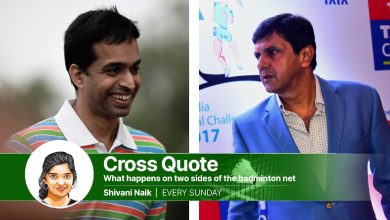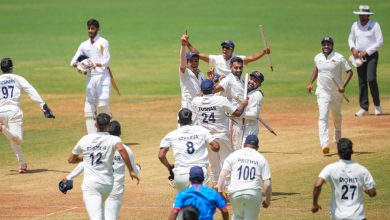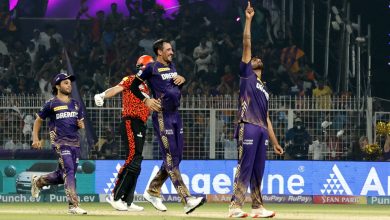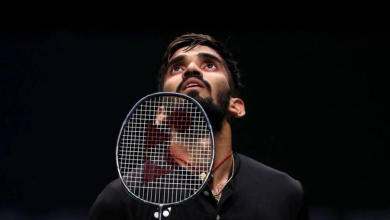IND vs ENG: How short Ben Duckett and tall Zak Crawley drive England’s Bazball engine | Cricket News
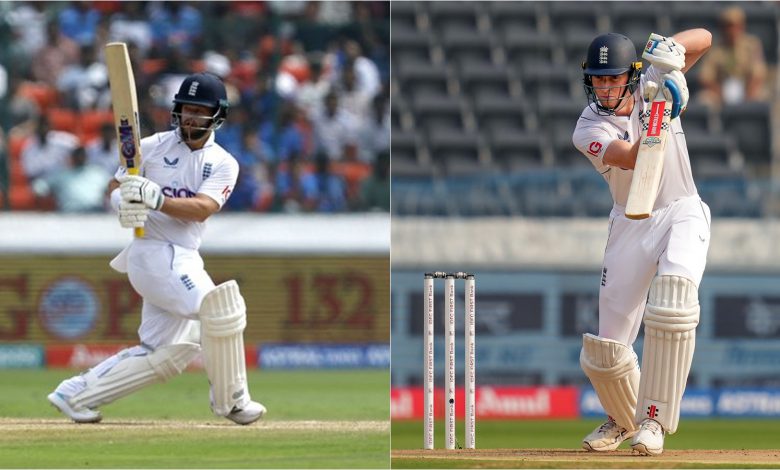
Posting the team picture before Ashes on Instagram, Ben Duckett wrote: “I should probably find a different spot to stand.” Beside the padded-up Duckett, 5 feet seven, was his opening accomplice, Zak Crawley, all of six feet five.
It’s the height that strikes first. In a way, everything begins with height. It’s their vertical proportions that has shaped their game. Crawley stands tall on the crease, has long levers, a long reach, and his strokes travel clean straight lines. He is strong on the front-foot and an immaculate driver through covers. Duckett squats in his stance, the pad reaching almost to his mid-riff, has short strides, is a strong square of the wicket, and drives on the rise rather than reaching to the pitch of the ball. Whereas Crawley seems to glide along the turf, Duckett brles in the crease. It’s like what Crawley is, Duckett is not; and what Duckett is, Crawley is not.
The effect they have on bowlers could be dizzying. A difference of 10 inches means that the bowlers are pressed to alter and re-alter their lengths. A good-length ball to Duckett is a full length one to Crawley. Duckett would defend the ball, Crawley would emphatically drive. Slightly shorter, Crawley would be in two minds (that is his weakness too) while Duckett would unfurl his pull, one of his most productive strokes. The bowlers have a three or four-yard difference where they need to bowl, especially when they are rotating the strike. Good bowlers would seamlessly, but in the time they take to adjust, they un-clutch a torrent of boundaries, forcing them to revise their plans.
It’s the trait that unites them—the opportunism to attack—and perhaps the reason Brendon McCullum and Ben Stokes unified them. Height would just have been a coincidence. Crawley implied as much when told The Wisden: “The physical features are what everyone points out, but I don’t think everyone sees how relaxed we are in the middle. Ducky is especially good at that, sitting in his spot and looking like he hasn’t got a care in the world. We want to play in the same way, and when it comes off it really works.” Duckett credits this to the “same wavelength” “We’re both looking to get the team off to a flier.”
So far it has gloriously worked. In 23 outings, they have combined 1064 runs at 48. Twice they have stitched 100-plus stands, including 233 against Pakan, besides attaching six half-century partnerships. But it’s not really about the runs they score, but how they score those. No opening pair this century has scored at a more frantic rate than their 92. In that scene, they set the Bazballing-tone. Duckett has maintained a strike rate of 87, a few notches higher than Virender Sehwag, since his comeback in Pakan the year before, Crawley, in the Stokes-McCullum era has leveraged a hitting rate of 88 since the Pakan trip.
How the Zak ‘duck” Crawley and Ben ‘no-leave’ Duckett traced their way back to the national team are equally fascinating narratives. Crawley’s early years tempted the fate of his namesake John Crawley (unrelated to Zak), a county legend who could not prosper in Test cricket. Similarly, the opener struggled to translate talent to tons and seemed on the brink of being discarded before Ben Stokes and Brendon McCullum wrapped an arm of comfort around. After a disastrous season wherein he averaged 23 from 13 innings, they escorted him for a few rounds of golf, sat with him for a few pints of beer and made him feel comfortable to confess about his fears and doubts. Unburdened, almost liberated, he rediscovered himself with a hundred in Rawalpindi.
Crawley, nonetheless, inhabited the consciousness of the selectors. But Duckett was a forgotten soul. He feared his career was over after he spilled beer on James Anderson’s head in the Ashes tour of 2017-18 and dropped. On the same tour, a hungover Duckett had allegedly puked over then coach Trevor Bayliss during a flight. He seemed thrust into oblivion—missing 75 Tests between his fourth and 16, the most any cricketer—before his comeback in Rawalpindi. In the long haul away from Test cricket, he realised that there is no point trying to be a conventional opener (best exemplified his reluctance to leave the ball, no shot offered to only one percent of the balls he has faced in Tests) . The attacking methods found not only runs but also traced a route back to Test cricket.
Thus, in the most unusual of pairing, England found their most consent set of openers after the glory days of Andrew Strauss and Alastair Cook. Since the former’s departure, 18 different openers revolved through the doors of England. Most of them were the cussed, grinding sort, like Rory Burns and Dominic Sibley. Most England openers were styled that way, until Crawley and Duckett remoulded the tradition in their image with a little help from their physical disposition. Duckett would probably move away from Crawley in the team picture, but in the middle they would be inseparable and the first sentinels of Bazball.



